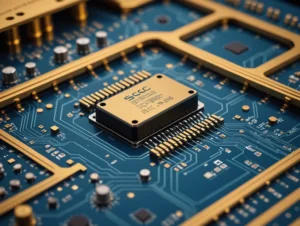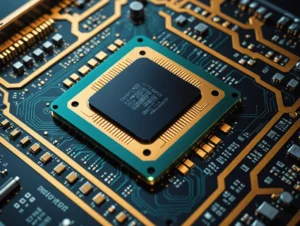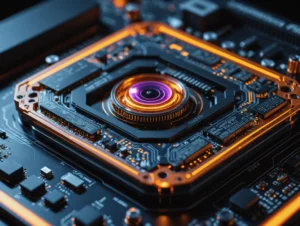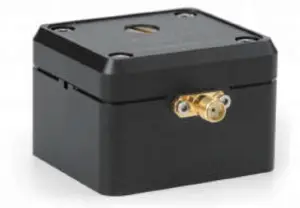Key Features
- Versatile Modulation Types: Available in longitudinal and transverse configurations for diverse applications.
- High Performance: Achieves high extinction ratios up to 1000:1 with fast rise and fall times of less than 10 ns.
- Broad Compatibility: Supports operating wavelengths of 532 nm, 1030 nm, and 1064 nm for various laser systems.
- Customizable Design: Optional polarizing prisms, single or multi-cascade setups, and flexible clear aperture options.
- Durability and Efficiency: Low operating voltage and high transmission efficiency (≥98.5%) with robust damage thresholds of 10 J/cm².
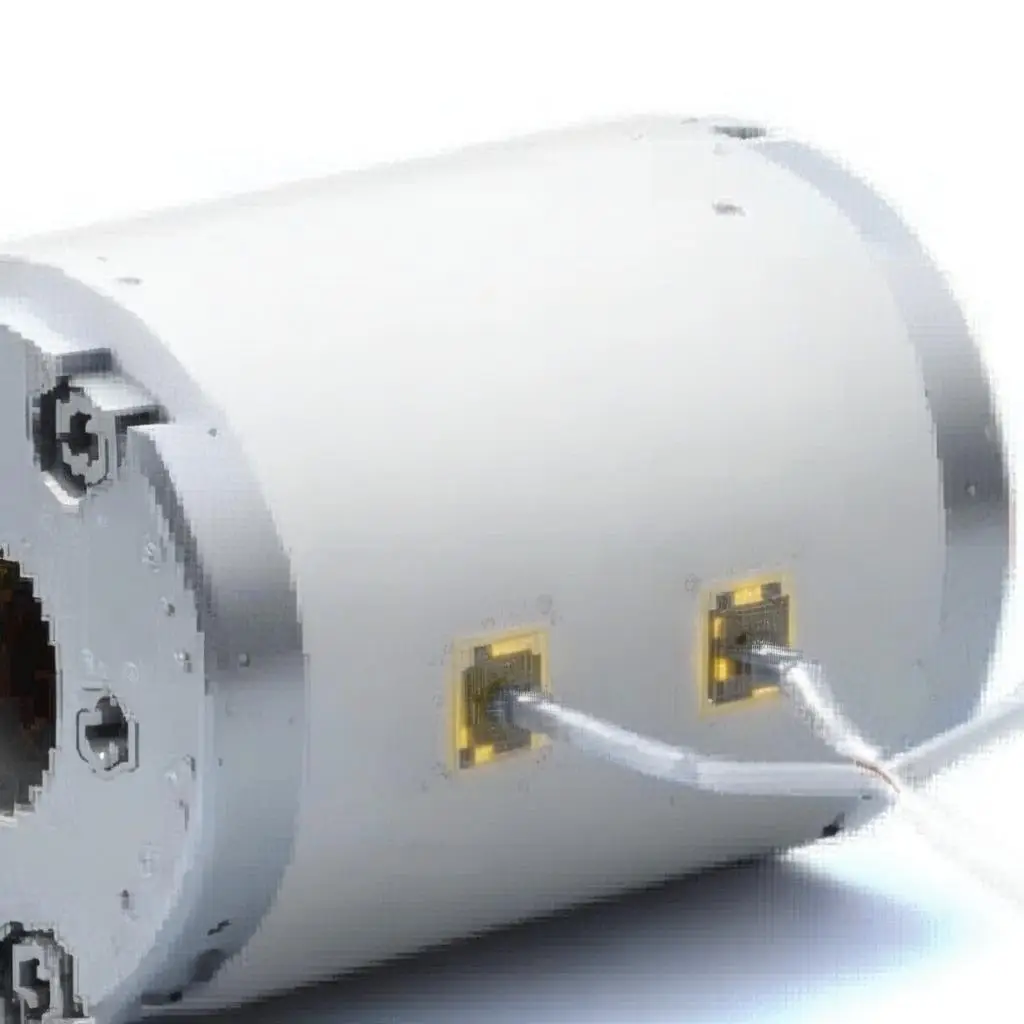
General Description
KD*P Pockels Cells by Photonics of Crystals (POC) are cutting-edge electro-optic devices designed for precise laser beam modulation. Operating on the principles of the electro-optic effect, these devices can alter the polarization state of light based on an applied electric field, enabling efficient Q-switching, pulse picking, and cavity dumping.
The longitudinal KD*P Pockels cells align the light propagation parallel to the electric field, ensuring superior extinction ratios and uniform optical performance. The transverse cells, designed with perpendicular electric fields, enable high modulation speeds and reduced voltage requirements, making them ideal for MHz-repetition applications. Advanced manufacturing ensures exceptional stability and high transmission rates, making these Pockels cells a reliable choice for industrial, medical, and research laser systems.
POC’s KD*P Pockels cells are customizable to meet specific operational needs, offering options for clear aperture sizes, cascade types, and operating configurations. These versatile components guarantee optimal functionality for demanding laser applications while adhering to strict quality standards.
Applications
- Q-Switching for Industrial Lasers
- Enables high-precision laser marking, cutting, and engraving with rapid modulation rates.
- Regenerative Amplifiers
- Efficiently modulates beam intensity for advanced laser amplification systems in scientific research.
- Pulse Pickers
- Ideal for optical pulse selection in telecommunications and spectroscopy.
- Beam Choppers
- Ensures accurate light modulation for laser imaging and optical metrology systems.
- Cavity Dumping
- Optimizes laser output in high-power laser systems for medical and industrial use.
Standard Product and Model Numbers
Longitudinal Type (DPC-taq-c-b-w)
- Type: L (Longitudinal)
- Clear Aperture (a): 8 mm, 10 mm
- Cascade Type (q): S (Single), D (Double)
- Electrode Type (c): P (Pin), W (Wire)
- Optional Accessories (b): P (Polarizing Prism), N (Nothing)
- Wavelength (w): 532 nm, 1030 nm, 1064 nm
Transverse Type (DPt-alq-b-w)
- Type: T (Low Repetition Frequency), H (High Repetition Frequency)
- Clear Aperture (a): 3 mm, 5 mm
- Crystal Length (l): 20 mm, 25 mm, 40 mm
- Cascade Type (q): D (Double), Q (Four)
- Optional Accessories (b): P (Polarizing Prism), N (Nothing)
- Wavelength (w): 532 nm, 1030 nm, 1064 nm
Typical Specifications
Type | Clear Aperture | Voltage Contrast Ratio | Capacitance (@10kHz) | λ/4 Voltage | Rise/Fall Time | Cascade Type | Transmission |
|---|---|---|---|---|---|---|---|
Longitudinal | 8-15 mm | ≥1000:1 | 6-12 pF | 3.5 kV | <10 ns | Single | ≥98.5% |
Transverse | 3-5 mm | ≥500:1 | 30-80 pF | <1 kV | <20 ns | Double | ≥98% |
- Damage Threshold: 10 J/cm², 10 ns, 10 Hz
- Note: Light spot diameter should be less than 60% of the clear aperture for optimal performance.
Housing Dimensions
DPC-L10S-P-N
- Outer Diameter: 51 mm
- Length: 123 mm
DPH-5CQ-P
- Outer Diameter: 50 mm
- Length: 204 mm


